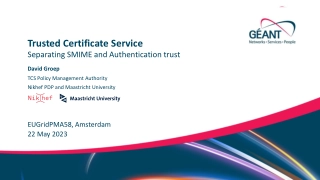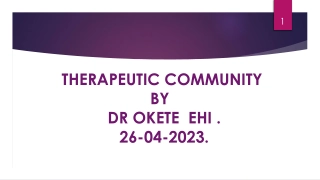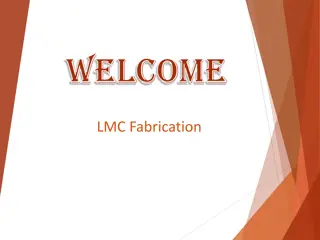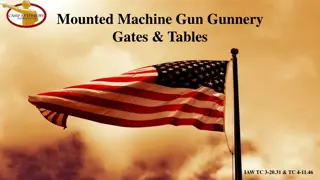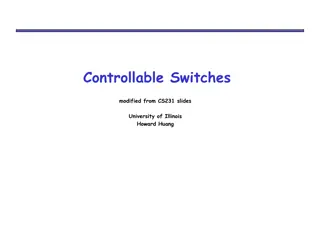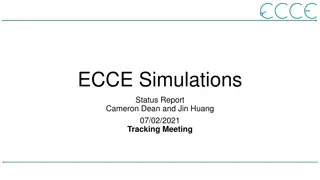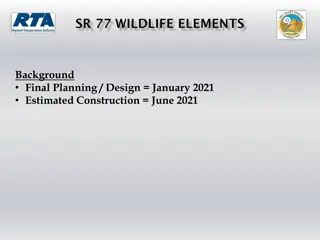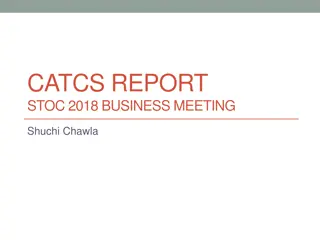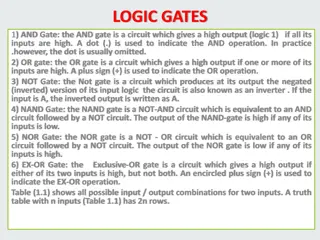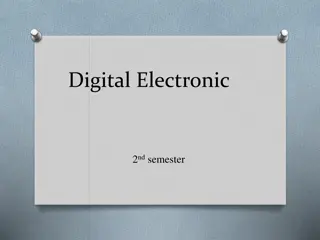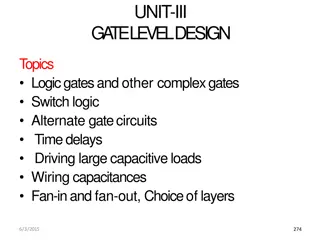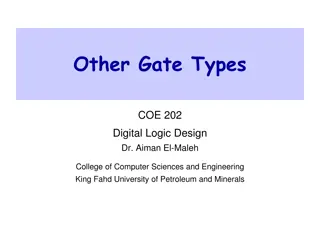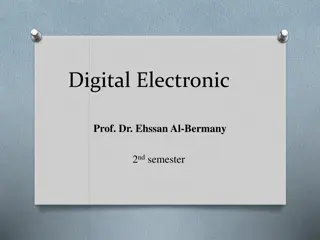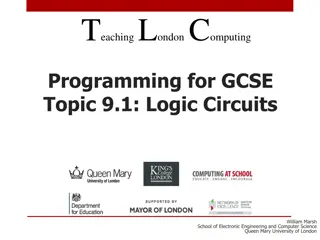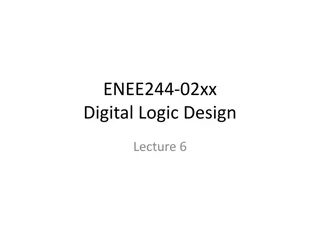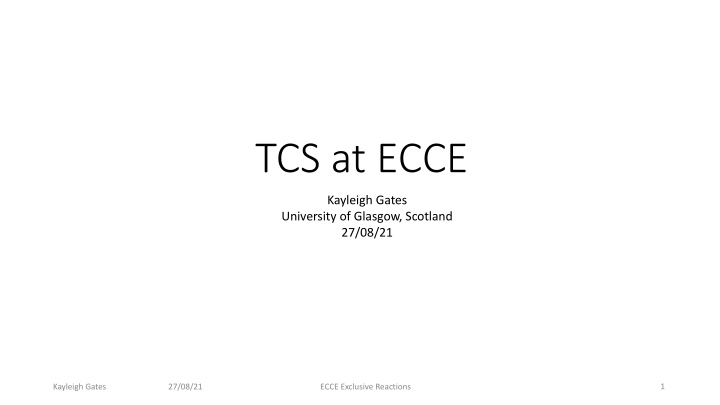
Exclusive Reactions in Time-Like Compton Scattering at ECCE
Explore the exclusive processes and studies conducted by Kayleigh Gates at the University of Glasgow regarding Time-Like Compton Scattering (TCS) and its implications in particle physics. Discover the details of TCS, DVCS, and the use of event generators like EpIC to simulate random events in phase space. Dive into the analysis of TCS kinematics, results from YR studies, and future aims for further investigation in this field.
Download Presentation

Please find below an Image/Link to download the presentation.
The content on the website is provided AS IS for your information and personal use only. It may not be sold, licensed, or shared on other websites without obtaining consent from the author. If you encounter any issues during the download, it is possible that the publisher has removed the file from their server.
You are allowed to download the files provided on this website for personal or commercial use, subject to the condition that they are used lawfully. All files are the property of their respective owners.
The content on the website is provided AS IS for your information and personal use only. It may not be sold, licensed, or shared on other websites without obtaining consent from the author.
E N D
Presentation Transcript
TCS at ECCE Kayleigh Gates University of Glasgow, Scotland 27/08/21 Kayleigh Gates University of Glasgow 27/08/2021 1 Kayleigh Gates 27/08/21 ECCE Exclusive Reactions
Time-Like Compton Scattering (TCS) Exclusive process, often referred to as inverse of DVCS (real photon production). Electron exchanges quasi real photon with target nucleon, release of virtual photon which decays into a lepton pair. p + p or p e+e p Bethe-Heitler (BH) mechanism dominant in kinematical regime of interest. Interference terms important for access to GPDs Kayleigh Gates 27/08/21 ECCE Exclusive Reactions 2
Time-like Compton Scattering (TCS) DVCS TCS Kayleigh Gates 27/08/21 ECCE Exclusive Reactions 3
EpIC MC event generator using GPD models from the PARTONS framework, plus mFOAM (a general purpose MC event simulator integrated with ROOT) to generate random events in phase space EpIC takes in an input .xml file, within which parameters are defined (kinematics/energy etc) and generates the four vectors of all the particles as the output. EpIC has the capability to consistently overcome singularities involved in the BH process Kayleigh Gates 27/08/21 ECCE Exclusive Reactions 4
What do files contain Pure TCS set and a set of TCS+BH+(TCS+BH) YR/PARTONS TCS kinematics used t = -1GeV2 to 0 GeV2 Q'2 = 2GeV2 to 10GeV2 Phi = 0 to 2pi Theta = pi/4 to 3pi/4 y = 0.01 to 0.95 Q2 = 0 GeV2 to 0.15GeV2 1M events per file 10 files per energy and helicity setting; 10M events 5x41 hel + 10M events 5x41 hel - ..... for 5x41, 10x100 and 18x275 60M events total per set Kayleigh Gates 27/08/21 ECCE Exclusive Reactions 5
YR results YR study with pure TCS no beam smearing, no detectors Resolution on t, nice peak at zero requires proton information (scattered proton essential) Detection of scattered proton close to beam line - acceptance of roman pots needs to be as close to beam line as possible Requirement for good coverage in forward region for higher collision energies very forward leptons shown to be lost in YR study Kayleigh Gates 27/08/21 ECCE Exclusive Reactions 6
Aim YR study with pure TCS no beam smearing, no detectors Good preliminary results show that reconstruction of the full interaction is feasible Full GEANT4 simulation, with the inclusion of detectors and beam smearing Repeat the study Kayleigh Gates 27/08/21 ECCE Exclusive Reactions 7
Thank you for your attention Questions? Kayleigh Gates 27/08/21 ECCE Exclusive Reactions 8
References TCS: Time - like Compton scattering: Exclusive photoproduction of lepton pairs, Edgar R. Berger(Ecole Polytechnique)M. Diehl(DESY)B. Pire(Ecole Polytechnique)(Oct, 2001) Published in: Eur.Phys.J.C 23 (2002) 675-689, e-Print: hep- ph/0110062 [hep-ph] EpIC: K. Tezgin and P.Sznajder : Presentation 10/05/21 and Presentation 14/06/21 Yellow Report: Science Requirements and Detector Concepts for the Electron-Ion Collider: EIC Yellow Report: R. Abdul Khalek(Vrije U., Amsterdam and Nikhef, Amsterdam), A. Accardi(Hampton U. and Jefferson Lab), J. Adam(Brookhaven), D. Adamiak(Ohio State U.), W. Akers(Jefferson Lab)et al.(Mar 8, 2021) e-Print: 2103.05419 [physics.ins-det] Kayleigh Gates 27/08/21 ECCE Exclusive Reactions 9

